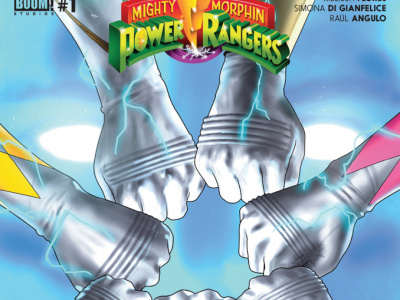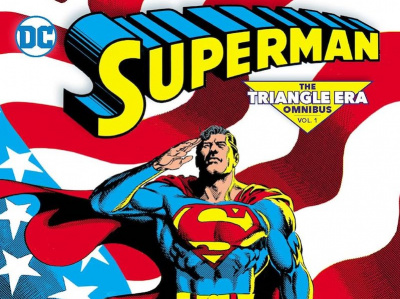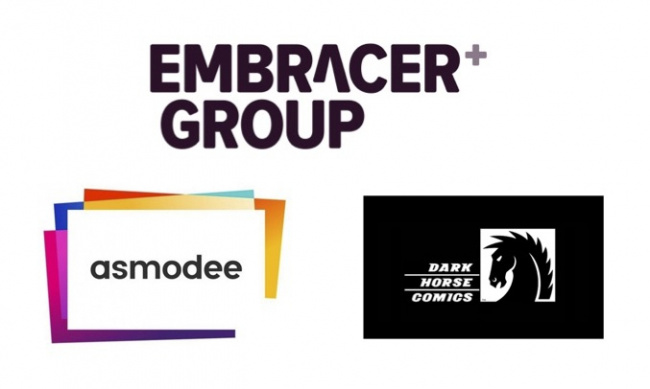DC ran a market saturation study in early 2002 which led it to recently announce that it is going to test a limited returnability program in the coming months (see 'DC Offers Limited Returnability'). We wanted to find out more about this study, so we talked to DC VP-Direct Sales Bob Wayne. According to Wayne, the study involved about a dozen retailers, to whom additional books over initial orders were shipped for two months. The quantities for the overships were selected by DC through an analysis of each retailers' orders on an item by item basis, comparing orders to other titles from the same retailer and over-all orders and expectations. Every non-prestige format title in every imprint was over-shipped, in quantities ranging from small to 'enormous.'
Some results were about as DC had expected. For example, the study was conducted during the 'Batman Fugitive' storyline, which was kicked off by the Batman 10 cent comic promotion. As expected, the retailers sold through high percentages of the overships on those titles. For example, retailers sold 66% of the saturation overship copies on Batman #601 and 93% on Birds of Prey #41, indicating that they had underestimated the impact of the 10 cent Batman promotion on the subsequent related issues (a tendency that Marvel COO Bill Jemas recently urged retailers to avoid when ordering Namor issues following the 25 cent promotional price on the first issue of that series, see 'Namor 25 Cent Book Kicks Off 'Tsunami'').
Other results were less predictable. For example, Wayne said that 'variances on the different issues of an ongoing title based on a really striking cover or who the artist was on an individual issue' were greater than expected. And the finding that was most surprising was on DC's kid books, for example Scooby Doo. 'On Scooby Doo we were moving 40-50% of the additional copies that we sent out,' Wayne said. 'Some of the retailers had assumed that they'd completely maxed their sales of titles that had a juvenile audience, and it was pretty clear that that was not the case.'
The over-all lesson was clearly that there was plenty of opportunity to sell more books if retailer risk were ameliorated. But why do a returnable program where retailers chose the quantities rather than overships, the method in the test? This was basically a matter of convenience, according to Wayne. 'We're trying to find a model that doesn't involve us going through line by line and setting numbers based on a lot of factors,' he said. 'We're trying to set thresholds where the retailer, by ordering a certain number of copies or more, would be self-saturating and would be able to return up to 20% of the copies if they hit the threshold.'







